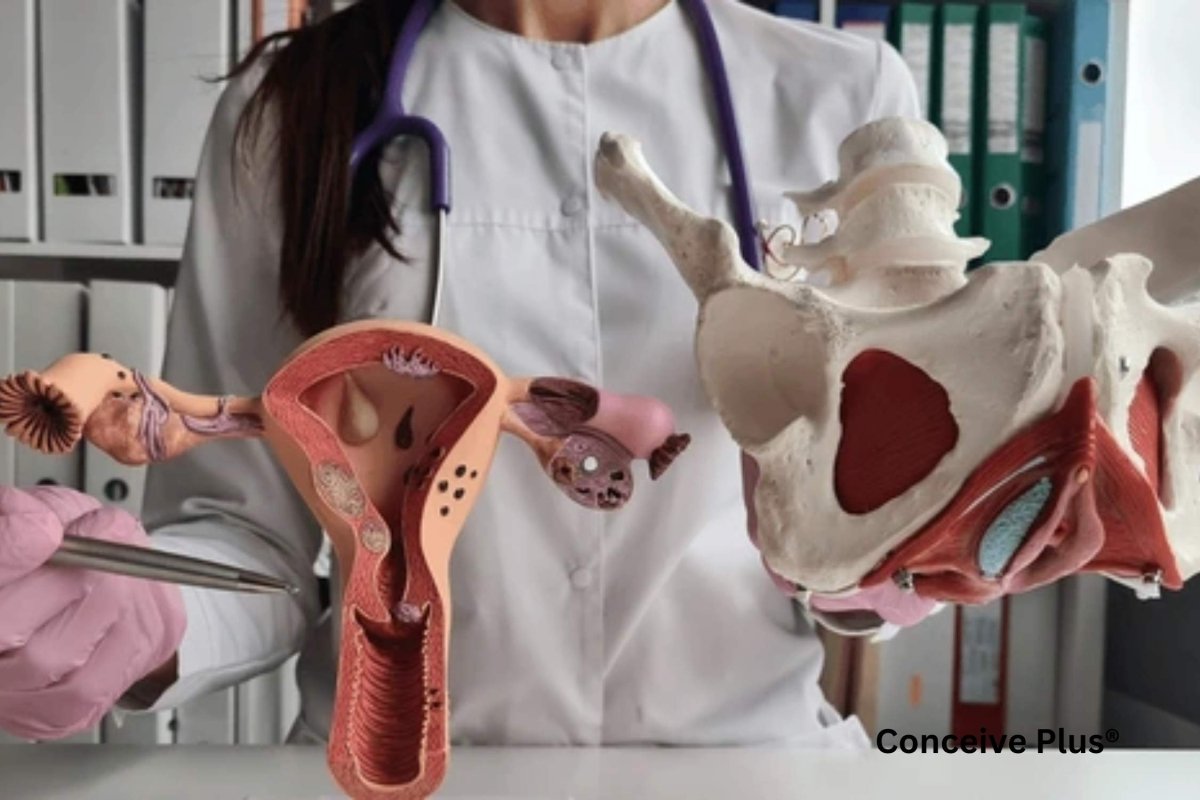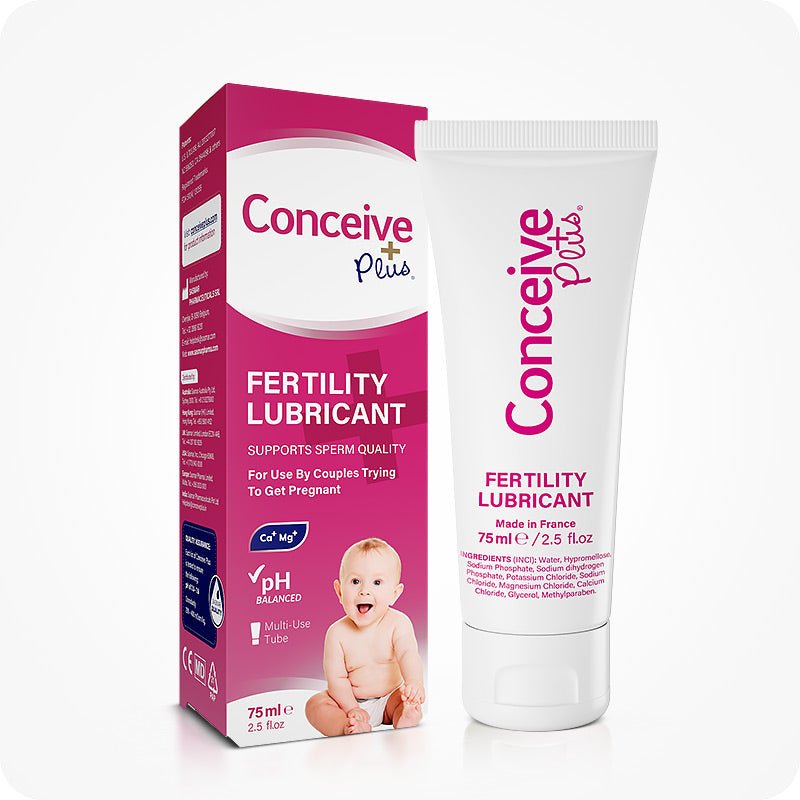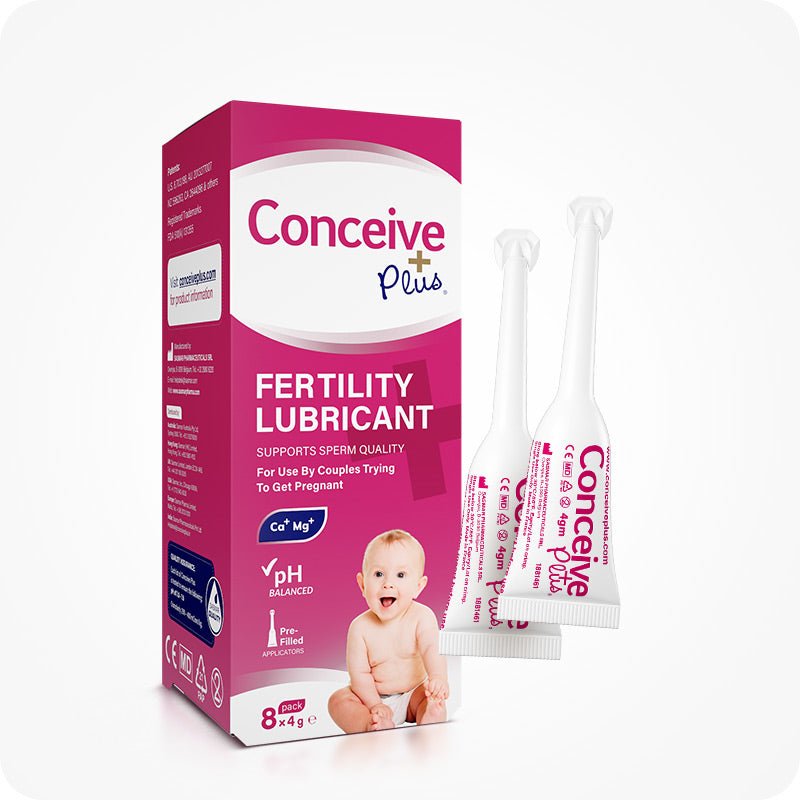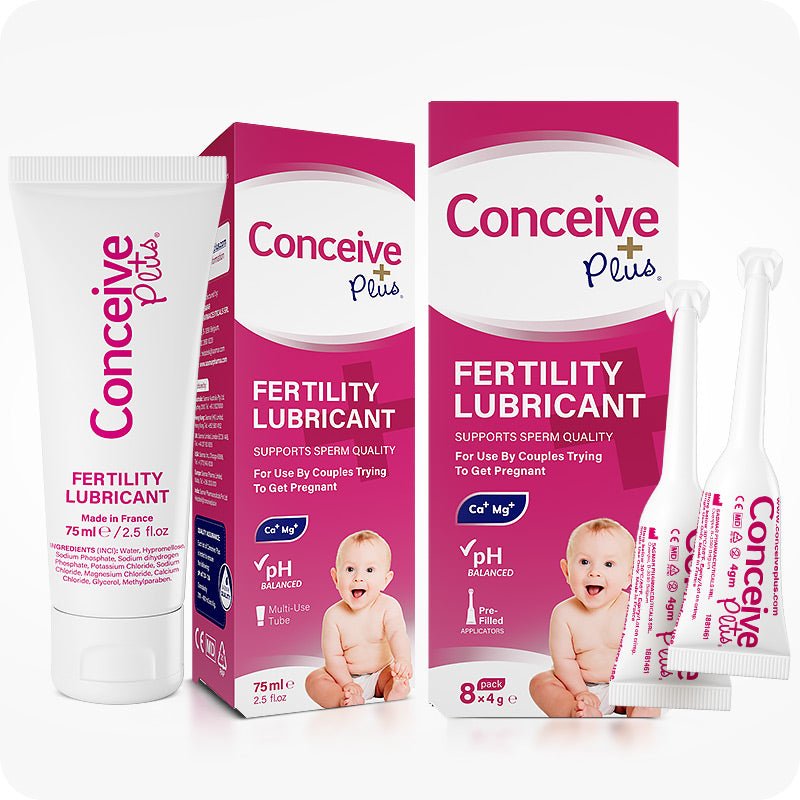How Different Uterus Shapes Affect Fertility and Pregnancy?

The uterus is an important organ of the female reproductive system. It is where an embryo implants after fertilization and develops into a mature baby [1]. But did you know that there are different uterus shapes, and some may impact the fertility and chances of pregnancy for a woman?
Most women have an inverted pear-shaped uterus, but some have different uterine shapes [2]. These variations are usually present from birth and can sometimes affect fertility and pregnancy.
In this article, we will discuss different uterine shapes, what are the causes behind these shapes, and how they can impact female fertility.
What Determines Uterine Shape?
The shape of a uterus is formed during early development when a baby is still in the womb. This process involves the joining of two small tubes called Müllerian ducts [3]. When these ducts join properly, they form a pear-shaped uterus.

If these ducts do not join properly, it can lead to the formation of abnormal uterine shapes. Genetics also has a major role in this process. The standard shape is a pear-shaped uterus, which works well for menstruation and pregnancy.
Types of Uterine Shapes
Here are some of the types of uterine shapes and an explanation of how they can impact fertility:
-
Pear Shaped
A normal uterus is pear-shaped, which can look like an upside-down pear, and has smooth walls [2]. This shape is the most common uterine shape in women, and it supports a healthy pregnancy and menstruation.
-
Bicornuate Uterus
A bicornuate uterus has two upper parts, making it appear like a heart in shape. This happens when the Müllerian ducts do not fully merge. Studies show that women with this shape might face challenges during pregnancy, such as miscarriage or preterm birth [4].
-
Septate Uterus
A septate uterus has a wall of tissue — septum — that divides the uterus [5]. This is one of the most common abnormalities of uterine shape. It can sometimes lead to difficulty in conception or miscarriage. Fortunately, surgery can fix this condition and improve fertility.
-
Arcuate Uterus
An arcuate uterus has a slight dip or indentation at the top of the endometrium but is still close to the normal shape. This variation usually does not affect fertility or pregnancy.
-
Unicornuate Uterus
A unicornuate uterus is a condition when only one side of the uterus develops [6]. This shape of the uterus is rare and can cause problems like irregular periods or difficulty carrying a pregnancy.
-
Didelphic Uterus
A didelphic uterus means a woman has two separate uteruses, often with two cervixes [7]. This can make pregnancy more complex, but many women with this condition have successful pregnancies.
-
T-shaped Uterus
A T-shaped uterus is narrow and shaped like the letter "T." This can occur due to certain drug exposures during a woman's fetal development. It may lead to fertility issues, but treatment options are available.

How Uterine Shapes Impact Health and Pregnancy?
The uterus has a major role in achieving pregnancy. Its shape allows the sperm cells to reach the egg in the fallopian tube. After fertilization, the uterus receives the fertilized egg for implantation. Understanding the position of the uterus, such as anteverted vs retroverted uterus, can also play a role in fertility and pregnancy, as it affects how the uterus aligns within the pelvic cavity.
Because of this important role of the uterus in pregnancy, different uterine shapes can affect fertility and pregnancy. Some shapes may increase the risk of miscarriage, preterm labor, or abnormal baby positioning. Women with abnormal shapes need extra care and monitoring during pregnancy.
How to Diagnose Uterine Shape Abnormalities?
Early diagnosis of the structural abnormalities of the uterine is important, especially for women with infertility or multiple miscarriages. Doctors use special tests to check for uterine shapes. These include:
- Ultrasound: Ultrasound uses sound waves to create images of the uterus. This can help identify any abnormal shape of structures in the uterus.
- Hysterosalpingography (HSG): In this method, a dye is injected into the uterus to view the uterus on an X-ray. X-ray image shows the boundaries of the uterus, which helps identify its shape.
- MRI: It involves the use of magnetic and radio waves to get detailed images of the uterus.
Treatments for Abnormal Uterine Shapes
Treatment depends on the type of uterine shape and how that shape influences fertility or uterus pregnant. If an abnormal uterine shape isn't causing any problems or lowering fertility, you may not need any treatment.
When treatment is required, here are some options:
- Surgery: Procedures like metroplasty can correct shapes like a septate or bicornuate uterus.
- Fertility Treatments: Assisted reproductive technologies can help women when the uterus can’t provide favorable conditions for fertilization.
The Bottom Line
A pear-shaped uterus is a normal shape for the uterus, and it supports fertility and pregnancy. However, not all women have a pear-shaped uterus. Some other shapes of the uterus include bicornuate uterus, septate uterus, arcuate uterus, and unicornuate uterus. For women looking to enhance their fertility, products like Conceive Plus Ovulation Support can provide additional nutritional support to promote healthy ovulation and reproductive health.
Different uterus shapes can impact fertility and pregnancy for a woman. Some abnormal uterine shapes, such as arcuate uterus, don't significantly impact the fertility health of a woman. On the other hand, women with bicornuate uterus may find it difficult to conceive or maintain a healthy pregnancy. Fortunately, there are different treatment options available to correct most of the uterine shape abnormalities and improve fertility.
Resources Used
- Rosner, J., Samardzic, T., & Sarao, M. S. (2024b, March 20). Physiology, Female Reproduction. StatPearls - NCBI Bookshelf. https://www.ncbi.nlm.nih.gov/books/NBK537132/
- Udhani, C., & Refaey, M. (2008). Uterus. Radiopaedia.org. https://doi.org/10.53347/rid-4570
- Mullen, R. D., & Behringer, R. R. (2014). Molecular Genetics of Müllerian Duct Formation, Regression and Differentiation. Sexual Development, 8(5), 281–296. https://doi.org/10.1159/000364935
- Ikhuoriah, T., Oboh, D., Abramowitz, C., & Musheyev, Y. (2023). Bicornuate uterus: A rare case of a viable full term pregnancy in the right uterine horn. Radiology Case Reports, 18(6), 2107–2111. https://doi.org/10.1016/j.radcr.2023.03.014
- Chang, Y., Shen, M., Wang, S., Guo, Z., & Duan, H. (2023). Reproductive outcomes and risk factors of women with septate uterus after hysteroscopic metroplasty. Frontiers in Endocrinology, 14. https://doi.org/10.3389/fendo.2023.1063774
- Mahany, E. B., & Smith, Y. R. (2016). Unicornuate Uterus. In Springer eBooks (pp. 111–118). https://doi.org/10.1007/978-3-319-27231-3_10
- Jorgensen, C., & Lusiak, M. (2021). Didelphys Uterus in Pregnancy, an Uncommon Mullerian Duct Anomaly: A Case Report. Clinical Practice and Cases in Emergency Medicine, 5(4), 447–449. https://doi.org/10.5811/cpcem.2021.7.53212














